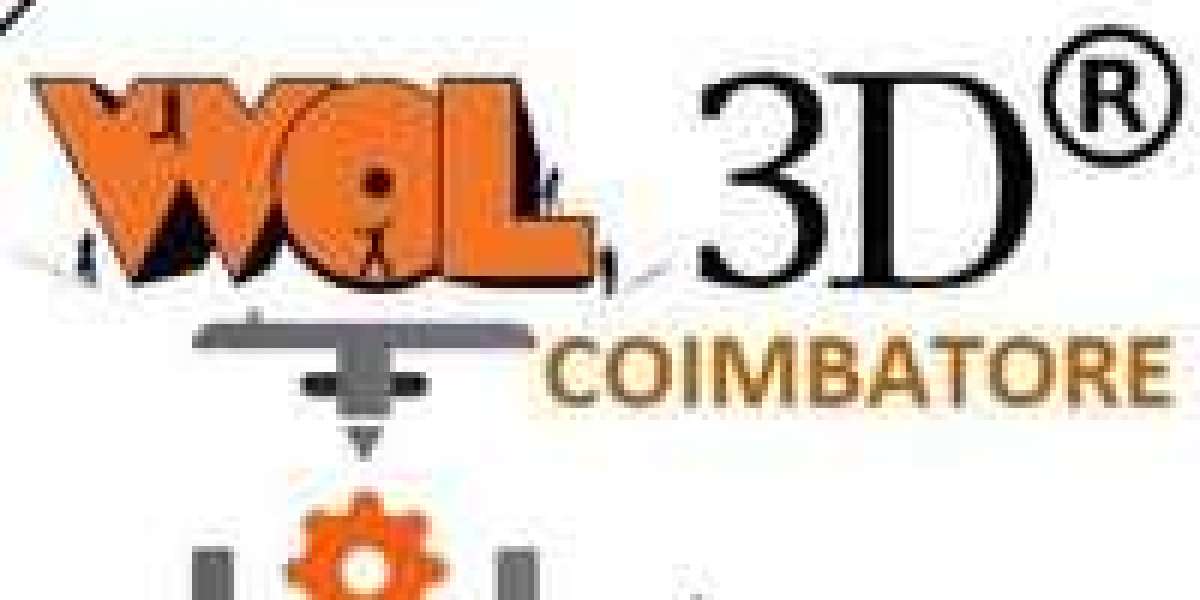The beauty industry is ever-evolving, with new technologies and methodologies continually emerging to enhance aesthetic outcomes. One such innovation is the concentrated adipose metric, a revolutionary approach that is transforming beauty treatments. This article delves into the benefits of concentrated adipose metric in the beauty industry, offering insights into its applications and advantages.
Understanding Concentrated Adipose Metric
Concentrated adipose metric refers to the process of isolating and concentrating adipose tissue, commonly known as fat, for various cosmetic and therapeutic purposes. This technique leverages the regenerative properties of adipose-derived stem cells (ADSCs) to improve skin texture, volume, and overall appearance. By harnessing the potential of these cells, the beauty industry can offer more effective and natural-looking results.
Applications in Cosmetic Procedures
One of the primary benefits of the concentrated adipose metric is its versatility in cosmetic procedures. For instance, it is widely used in facial rejuvenation, where concentrated fat is injected into areas that have lost volume due to aging. This not only restores youthful contours but also enhances skin quality, thanks to the regenerative properties of ADSCs.
Another popular application is in body contouring. Concentrated adipose tissue can be used to sculpt and enhance various body parts, such as the buttocks and breasts, providing a natural alternative to synthetic implants. The use of one's own fat reduces the risk of allergic reactions and ensures better integration with the body's tissues.
Advantages Over Traditional Methods
Compared to traditional cosmetic methods, the concentrated adipose metric offers several distinct advantages. Firstly, it provides a more natural look and feel, as the injected fat integrates seamlessly with existing tissues. This results in smoother, more harmonious contours.
Secondly, the use of autologous fat (fat derived from the patient's own body) minimizes the risk of complications such as rejection or infection. This makes the procedure safer and more reliable. Additionally, the regenerative properties of ADSCs promote faster healing and improved skin quality, offering long-lasting benefits.
Innovative Perspectives on Concentrated Adipose Metric
The concentrated adipose metric is not just a cosmetic tool; it represents a paradigm shift in how we approach beauty and aging. By focusing on regenerative medicine, this technique aligns with the growing trend towards holistic and natural beauty solutions. It underscores the importance of using the body's own resources to achieve aesthetic goals, promoting a more sustainable and health-conscious approach to beauty.
Moreover, ongoing research into ADSCs and their potential applications continues to uncover new possibilities. From treating scars and burns to addressing hair loss, the concentrated adipose metric holds promise for a wide range of therapeutic uses, further blurring the lines between cosmetic and medical treatments.
Conclusion
In conclusion, exploring the benefits of concentrated adipose metric in the beauty industry reveals a host of advantages that make it a valuable addition to modern cosmetic practices. Its ability to provide natural, long-lasting results with minimal risk positions it as a preferred choice for many seeking aesthetic enhancements. As research and technology advance, we can expect even more innovative applications of this technique, solidifying its role in the future of beauty and regenerative medicine.
By embracing the concentrated adipose metric, the beauty industry is not only enhancing its offerings but also paving the way for a more natural and sustainable approach to achieving aesthetic goals. This innovative perspective ensures that beauty treatments continue to evolve, meeting the ever-changing needs and expectations of consumers worldwide.








